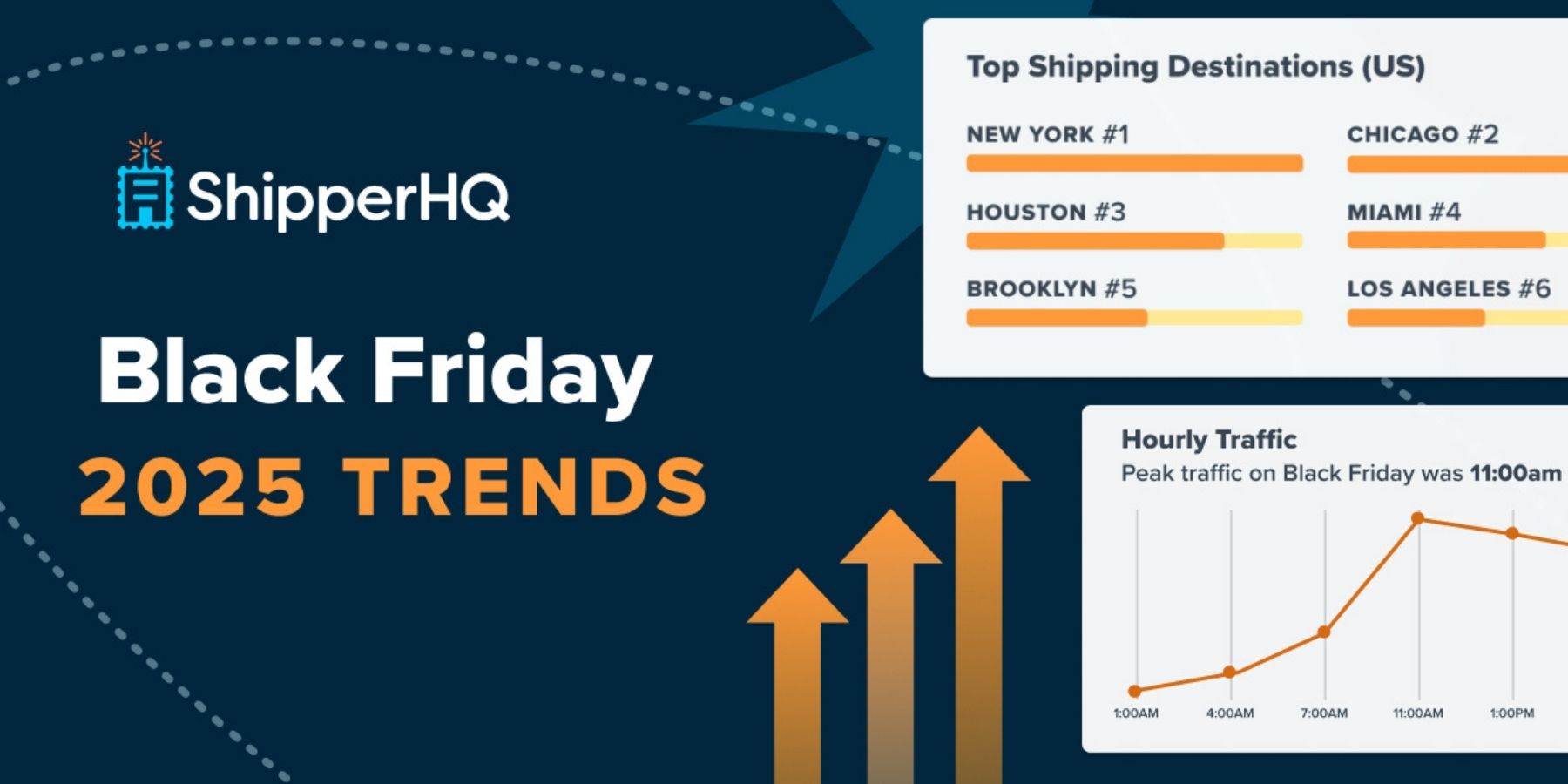The 2020 holiday shopping season may look different than it has in the past. But some familiar notions are here to stay, including holiday surcharges from major carriers.
Holiday shipping surcharges are a common theme for large commercial carriers like UPS and FedEx. A less common theme? Surcharges from the USPS. As a federally-funded organization, it’s typically protected from cyclical revenue stream challenges its public competitors must face.
USPS Surcharges
For the first time, the USPS is introducing price increases from October 18 to December 27, 2020.
Surcharges will range from $0.24 to $1.50 per package and will apply to commercial domestic parcels shipped via Priority Mail Express, Priority Mail, First-Class Package Service, Parcel Select, and Parcel Return Service.
While the move is unprecedented, the USPS says it’s a necessary one, as it struggles to remain competitive in a tumultuous year for the entity. Click here for full information on USPS holiday shipping surcharges.
UPS Surcharges
This shipping giant plans to levy extra charges on high-volume shippers. Specifically, those who send more than 25,000 packages per week during the 8-week holiday shipping peak season.
Customers who exceed more than 110% of their average weekly sending will be charged $1 additional per package on ground and SurePost shipments (a value service which uses USPS for last-mile delivery) and $2 on air deliveries.
For customers who exceed 200% of their weekly average, there will be a $3 surcharge on each air delivery, and $2 charge for ground and SurePost shipments.
Finally, shippers who exceed 300% of their weekly sending average will see a $3 charge for ground and SurePost shipments, and $4 charge for air deliveries.
According to UPS, “This year’s peak shipping season is likely to be unprecedented, as normal holiday activity collides with increased traffic from consumers who’ve turned more to e-commerce throughout 2020 due to pandemic-related concerns about buying from brick-and-mortar retailers.”
Click here for a complete breakdown of UPS Holiday shipping surcharges.
FedEx Surcharges
FedEx has not levied peak-season surcharges from 2016, but it’s not surprising. Surcharges on regular shipments to homes will range from $1-5. FedEx marks its peak season as November 2 to January 17.
FedEx customers who send an average of at least 35,000 packages will see rate increases from $1 to $4 for ground services and $2 to $5 for express shipments. The carrier’s value solution, SmartPost, will carry an additional $1 per package surcharge during the entire peak period, and carry a $2 surcharge from November 30 to December 6.
The company cites soaring demand and capacity concerns as reasons for applying the surcharges this year.
Click here for a complete breakdown of FedEx holiday shipping surcharges.
What’s it mean for retailers?
While each of the primary US carriers are enstating surcharges, only some will affect the average shipper. Since the USPS surcharges are smaller in most cases, they apply to all shipments. UPS and FedEx surcharges, however, only apply to high-volume shippers.
If these holiday shipping surcharges affect your company, it’s important to adapt your shipping rates and strategy. Consider offering local delivery, procured by a smaller carrier, or offer curbside or in-store pickup as ways to offset high shipping costs. Many consumers prefer shopping at stores that ship items to their home. Still, 45% of online shoppers prefer to pick up items locally. This signals a marked shift in consumer expectations.
In the unprecedented season of 2020, stores that answer their customers’ needs and avoid losing money with hefty surcharges will come out ahead.
Want to enable store pickup today? Sign up for a free 15-day trial.
Learn more about our holiday predictions and consumer behavior stats in our full ebook:







